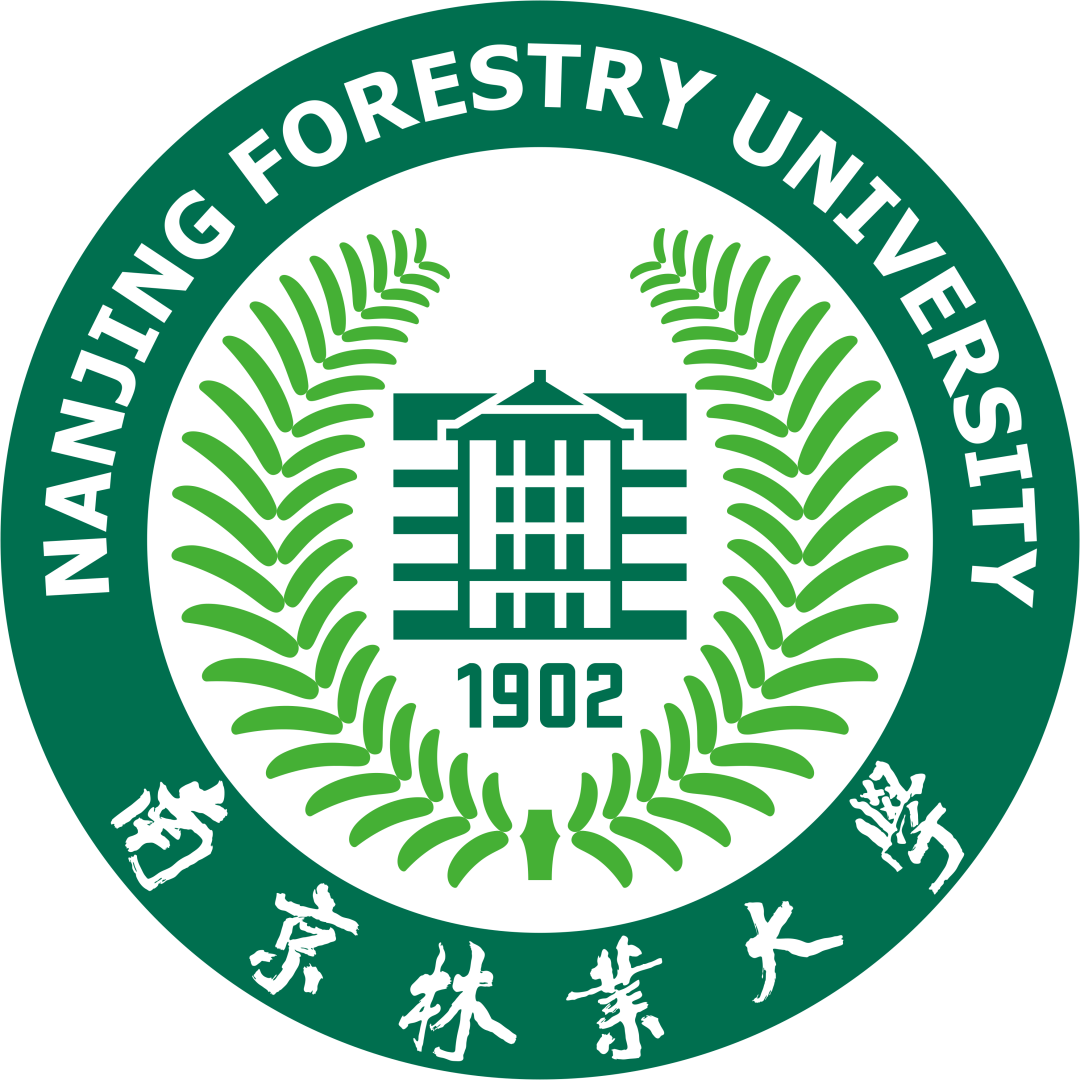On July 21, 2022, at 9:30 am, Mr. Kong Fanjiang, the recipient of the National Outstanding Youth Fund and the second professor of Guangzhou University, Professor Qin Yuan, the recipient of the National Outstanding Youth Science Fund and the Dean of the College of Life Sciences of Fujian Agriculture and Forestry University, and Professor Chen Xu, the recipient of the National Young Talent Program and the winner of the Strait Joint Research Institute of Fujian Agriculture and Forestry University, came to the lab for exchange and gave a lecture at College of Forestry 1118 conference room to give an academic lecture. The presentation was a series of lectures of the Forestry Lecture Hall in the College of Forestry, and this lecture was hosted by Dean Jiang Jiang and Professor Ye Yajin respectively.
In the lecture, Prof. Kong Fanjiang introduced his research on soybean photoperiod by focusing on the scientific issue of "evolutionary and selective mechanisms of flowering in soybean domestication". Firstly, using a combination of big data genomics analysis, bioinformatics and classical forward genetics, he identified loci associated with photoperiodic adaptation in soybean germplasm resources in different dimensions, and further improved the molecular regulatory network among these soybean photoperiod genes to elucidate the genetic basis of soybean adaptation to high latitude ecological environment. Second, the progressive molecular evolutionary mechanism of soybean homologs was revealed at the evolutionary level, thus confirming photoperiodic flowering as a core domestication trait of the crop.

Professor Qin Yuan's lecture on "Analysis of the developmental mechanism of female gametophytes in plants" emphasized that the specialization of germ cells is a crucial process for sexual reproduction. In most flowering plant ovules, only one somatic cell can specialize to form a macrospore mother cell (MMC), which is the precursor cell of the female germ cell. important role in ensuring that only one macrospore mother cell occurs in an ovule (Zhenxia Su,Lihua Zhao et al. 2017, Current Biology).They collaborated again to reveal insights into the molecular mechanism by which the cytochrome P450 gene, KLU, activates the transcription factor WRKY28 specifically expressed in somatic cells around MMCs by regulating the chromatin remodeling complex SWR1, thereby inhibiting the acquisition of germ cell properties by these cells; using Arabidopsis thaliana as a model, they found that oleuropein lactone (BR) biosynthetic and signal transduction genes in ovule progenitors of sporophytic cells, with the highest expression in epidermal L1 layer cells, but not in macrospore mother cells. In contrast, fate determination in macrosporophytic cells is regulated by various aspects of the THO-ta-siRNA signaling pathway, the chromatin remodeling complex SWR1-regulated transcription factor WRKY28, and the oleuropein lactone (BR) signaling pathway.

The title of this presentation by Prof. Xu Chen is the molecular mechanism and application of growth hormone to coordinate nitrogen fixation in soybean rhizomes. By establishing a unique cell biology system of soybean root tumor development, the distribution and concentration gradient of growth hormone at different stages of soybean root tumor genesis and development were visualized. The results indicate that the dynamic changes of growth hormone during soybean root tumor development are likely to determine the bidirectional growth pattern of soybean root tumors. Further, GmPIN1 members specifically expressed in the rhizogenic region were identified. The study of GmPIN1b polarity dynamics in rhizoma cells during rhizoma development indicated its involvement in targeted growth hormone transport to promote rhizogenesis. A Gmpin1abc triple mutation was constructed using CRISPR-Cas9, which impaired the establishment of growth hormone maxima in rhizoma meristematic tissues, resulting in abnormal divisions and string-like arrangement of rhizogenic cells in rhizoma primordia. In addition, GmPIN1 overexpression resulted in inhibition of rhizoma primordium initiation. It was confirmed that GmPIN1-mediated growth hormone gradient regulates rhizogenesis. Further analysis revealed that upstream rhizoma exciton flavonoids triggered the extended distribution of mid-column GmPIN1b to root cortex cells, and cytokinin provided an effective pathway for rhizoma primordium initiation development by regulating intracellular GmPIN1b polarity alignment to rapidly promote growth hormone redirected transport. Taken together, this study reveals different aspects of PIN-dependent growth hormone transport regulating soybean rhizome development and suggests that the establishment of a growth hormone gradient is a prerequisite for proper interactions between legumes and rhizobia.

After a morning of study, I believe the students were able to gain a deep understanding of soybean molecular genetics, genomics, and developmental biology, plant reproductive development, and plant root morphogenesis. After the lecture, the lab members took a group photo with the teachers.

Written by Xuechun Hu, Rui Cao.
